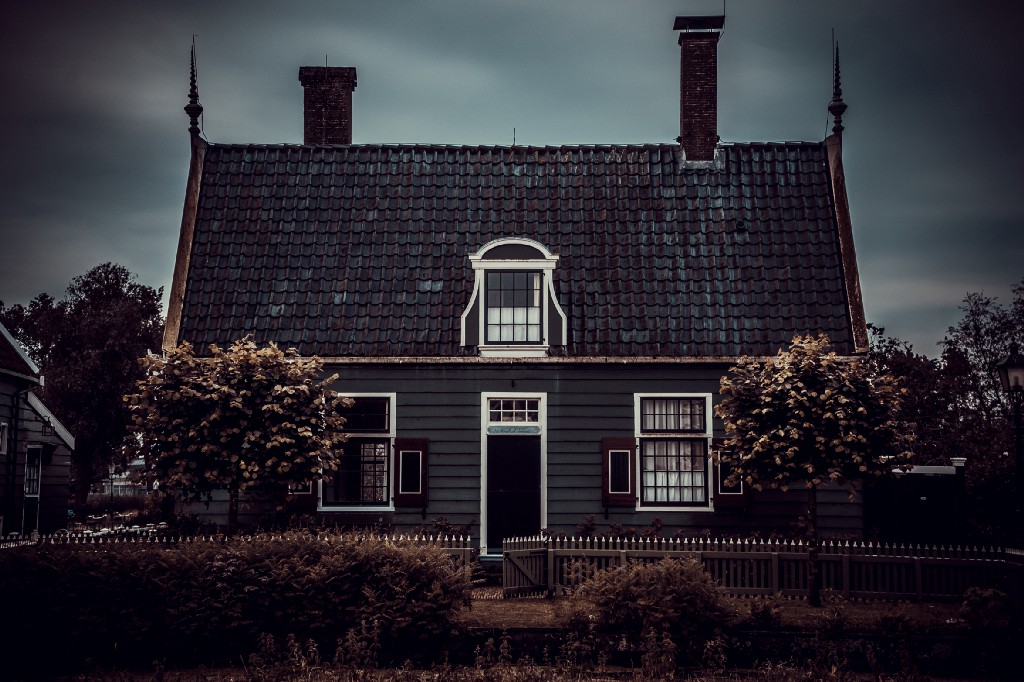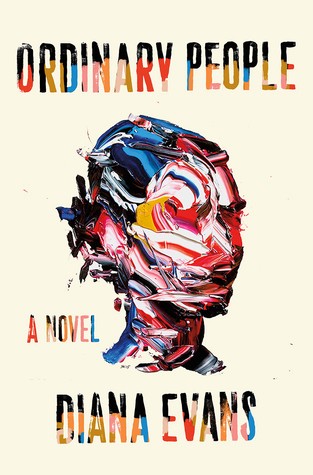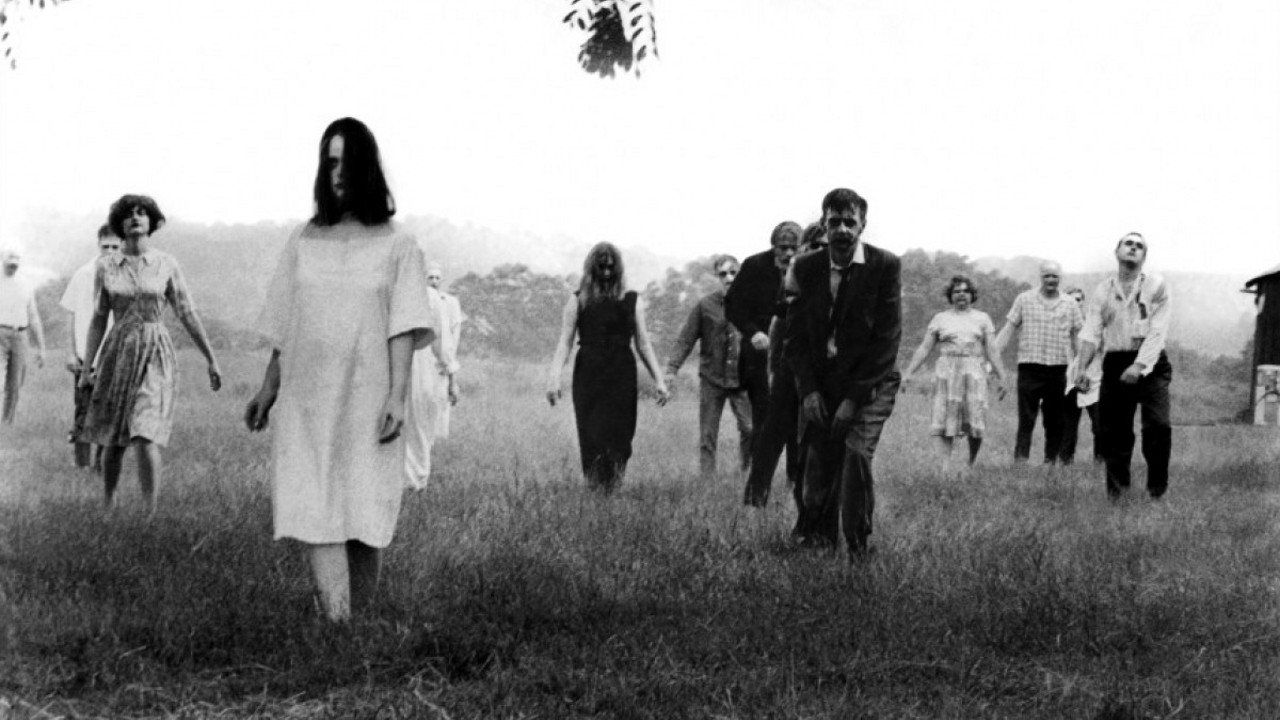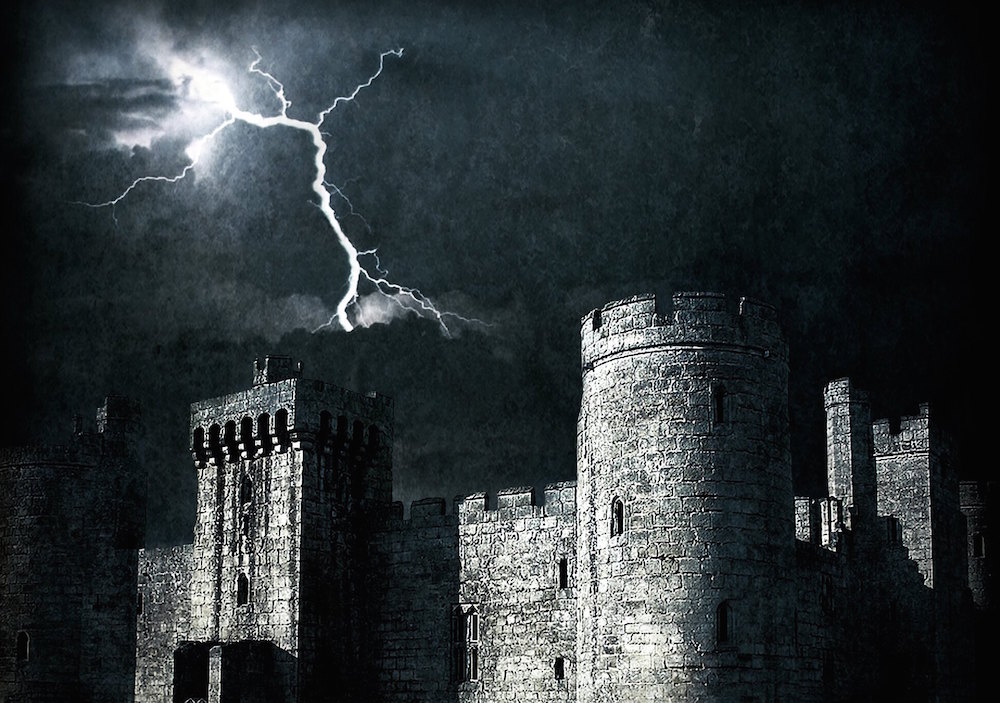Reading Lists
Long Live the Goth-esque Novel
7 Novels to Help You Get in Touch With Your Inner Goth

During the spookier parts of the year/election season, when the light leaves the sky and shadows get longer and the updates on your phone make you feel like you’re being watched, you may be inclined to embrace the goth. We are here to tell you you are not alone.
The “gothic novel” as we know it according to literary scholars, came about in the late 18th century. The parameters for defining the gothic novel are contestable, but it’s generally understood to be a novel peopled by damsels in distress and mysterious heroes who reveal themselves to be royalty. There are labyrinthine passages and portraits with roving eyes and lots of creepy shadows. Think about Scooby Doo and you’re not totally in the wrong. Big in Europe — particularly Britain, Italy, and Germany — the gothic novel was not long for this world after it was mortally wounded by the parody. After Jane Austen’s (aka the original Roast Queen) Northanger Abbey, her famous takedown of Anne Radcliffe’s The Mysteries of Udolpho, was published in 1817, the classic gothic novel struggled to stay alive. Luckily, the strongest gothic elements adapted and survived to tackle more complicated questions, like the plight of the human condition in goth-esque novels like Frankenstein.
Here we offer a list of 7 goth-esque novels published in the last ten years that play with the tropes of the gothic novel to new effect. These are novels that challenge the whole damsel in distress formation, and deliver on creepy spaces and mysterious strangers and enchanted mystery. Because sometimes it’s okay to displace some of that dread induced by the news cycle into stories with a tangible end in sight.
Riddance; or, The Sybil Joines Vocational School for Ghost Speakers & Hearing-Mouth Children by Shelley Jackson
In Shelley Jackson’s most recent genre-bender, we encounter a vocational school for children with a stutter. Stuttering children, it turns out, are the best spirit mediums for the world for those who have sloughed off the mortal coil. The school is an ideal gothic hellscape — once a Cheesehill School for Wayward Girls, the cavernous castle/mansion has been modified, so as to be more conducive for the Headmistress’s shrouded mission: “a hallway is adjusted with dropped ceilings and wainscoting to the exact proportions of the trachea, larynx, or oral cavity.”The novel is an archive — constructed from transcripts between the living and the dead, archival material collected by an avid contemporary scholar, and texts like the Principles of Necrophysics.
The Only Good Thing About Winter Is This Story Written in Snow
Melmoth by Sarah Perry
Inspired by the 1820 gothic novel Melmoth the Wanderer, this book quickly earns its place on the list. In the original telling, Melmoth is a Faustian fool who exchanges his soul for another 150 years on Earth. Perry’s twist on the gothic novel oft-retold is that Melmoth is now a woman sentenced to wander the Earth as witness to all the violence and atrocities we call “history.” Our central character, 40-year-old Helen Phillips is a translator working in Prague. When her friend Karel encounters a mysterious letter in the library detailing an encounter with Melmoth, the damned soul who tricks people into wandering the Earth forever alone. He brings it to Helen. Helen doesn’t believe in any of it, until Karel disappears.
The Grip of It by Jac Jemc
We don’t have many castles in contemporary literature, but we do have plenty of nightmarish stories about homes that turn into money pits. What if the money pit became the haunted money pit? The first villain we meet is the real estate agent. When Julie and James tour the home they are about to buy, they hear an unfamiliar sound. The agent tells them it’s just the house “settling.” Julie and James decide to buy the house — it’s a great retreat nestled between a lake and a forest. How quaint! But the house is a buyer’s worst nightmare — there are rooms within rooms that seem to appear out of nowhere, and stains on the walls that map themselves into bruises on Julie’s body. I’m calling this 21st century incarnation of the genre the “suburban gothic novel.”
Jac Jemc’s ‘The Grip of It’ is a Master Class in Psychological Horror
White is for Witching by Helen Oyeyemi
The marriage plot, or the death plot. Was the gothic novel one problematic way women characters in novels entered a coming-of-age story? If growing up means learning how to deal with fear, then maybe so. Oyeyemi’s novel plays with this idea in White is for Witches. Miranda, who suffers from pica, lives with her twin brother and their widowed father in a haunted house across the street from a cemetery stacked with nameless graves. Lily, their mother, has been killed while on assignment as a photojournalist in Haiti. The Silver family mourns her, including the house they live in, which is filled with secret passages and craterly holes. The house is haunted by the women who lived there before them, and speaks its secrets to Miranda. She feels closer to the house than anyone else in her life until one night, she seems to disappear, too.
Revenge by Yoko Ogawa
Another 21st century twist on the labyrinthine gothic castle? An apartment lease you can’t get out of. When an aspiring writer moves into her new apartment, she discovers a tad too late that her landlady has murdered her husband. In another story, a surgeon becomes smitten with a corrupted cabaret singer who threatens to destroy him. The stories are interwoven in ways that mirror the detective aspects of an old-fashioned gothic novel — clues and connective tissue that the reader delights in finding on the way to a horrifying and twisting finish.
Ordinary People by Diana Evans
Ordinary People explores middle-class, middle-aged ennui for two couples living in and around London. Evans portrays what this anxiety looks like for two black and mixed-race couples who descend into despair over broken pieces of furniture and fitted sheets and domestic sacrifice and sexless nights. Melissa and Michael are two beautiful people living in London with their beautiful children. Damian and Stephanie live outside London with their three children in the suburb of Dorking. While devoted to realism in many ways, Ordinary People takes a gothic turn when Melissa, after leaving her career in magazine journalism to stay at home with the kids, comments that “Motherhood is an obliteration of the self.” She quickly becomes convinced the house is haunted. This one gets bonus points for having a soundtrack. Evans wrote about the marriage between the book and the soundtrack this way: “This is a book to be read and heard at the same time, then listened to again in pure sound, bringing the characters and their world back to you on the replay.”
The Blindfold by Siri Hustvedt
To the untrained eye, Iris Vegan is the perfect “damsel.” A blond-haired blue-eyed darling from the Midwest who has recently arrived in New York City. She’s become reliant on a cast of mysterious “mostly-men.” The first is a writer who collects objects discarded by other women, and then records Iris’s reactions to these items. The second is a photographer whose portrait of Iris vanishes only to appear in new spaces in the city. She goes through a stay at a mental hospital, encounters an older woman roommate who falls in love with her. After co-translating a German novella with her professor/lover, Iris takes on the appearance of one of the characters in the novella. She wanders the city in drag until her professor catches her. Once damsel, Iris transforms into the hero and the villain.















